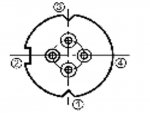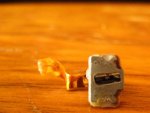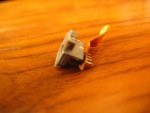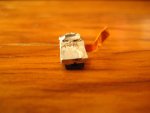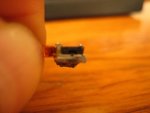- Joined
- Mar 26, 2012
- Messages
- 6
- Points
- 0
hey! people need some help here, I opened up my old DVD player, so far I got the diode out but apparently it has 4 pins on it, I dont know any of its specs and Im new to this so some help would be appreciated, I know this wont have much power but I thought Ill give it a try as its my first build.so please suggest some ways to check or power this diode.


![IMG_0628[2].JPG](/data/attachments/24/24002-6359a84e5d060f4c1f2f9e763fb9c012.jpg?hash=Y1moTl0GD0)


